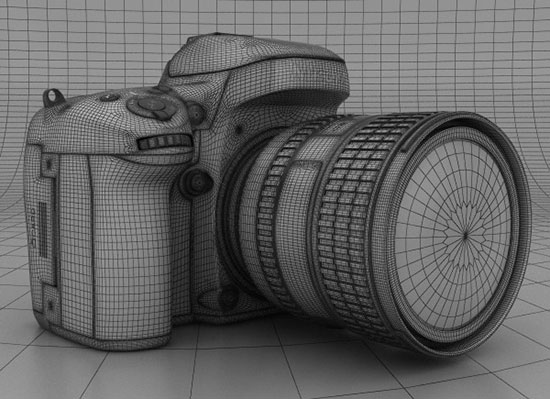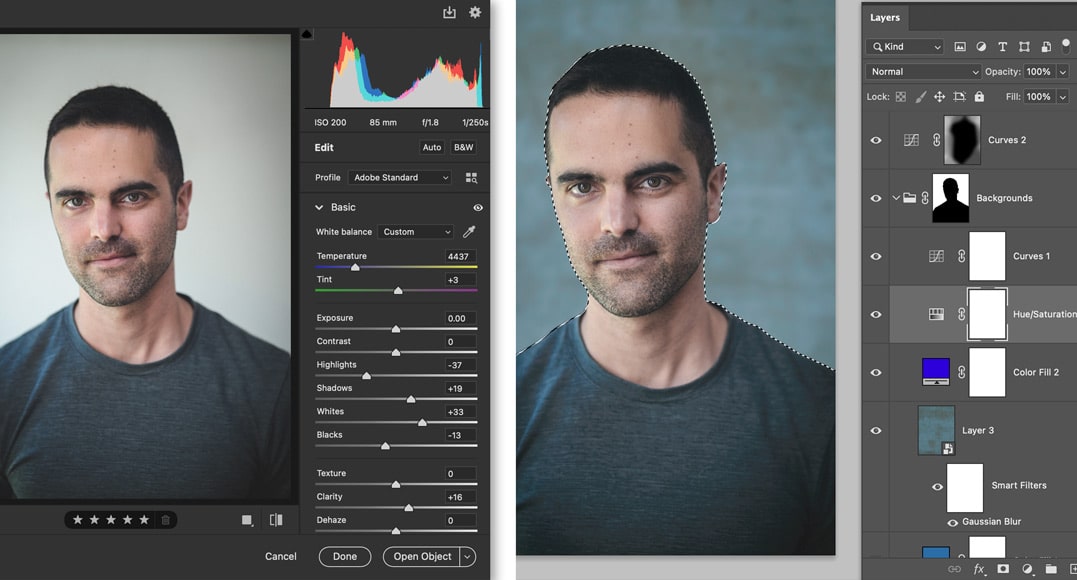

One difference is RAW files have 16 times more tonality information per color channel than a JPEG file. RAW files provide a lot of advantages over JPEG files (see the links below). So why are RAW files so much better for your photography and how do you know if you have the latest process version? For your images to look their very best you need to have the latest process version. Photos you have processed with an older process version can look even better with the new version. Click on the photo to see a larger image.Īdobe’s newest “process version” for Adobe Camera Raw (ACR) provides better image processing for your RAW camera files. To use them together, you need to have either Photoshop or Lightroom on your computer.Vermilion Lakes Sunset, new (top) and old (bottom) ACR “process versions”. A monthly subscription for Photoshop and Lightroom costs 10 USD.Īdobe Bridge, a file manager, comes with Adobe Camera Raw compatibility. Adobe Camera Raw comes with Photoshop, you get is as part of the subscription. You may use Lightroom for big projects but edit in ACR for one-off occasions. If you like to organize your files by hand or work from the cloud, use Adobe Camera Raw.Īnd, of course, you can combine them. If you edit on your own computer and don’t care much about your file system, use Lightroom. This can be either annoying or very useful. With Adobe Camera Raw, you need a file manager. To put simply, with Lightroom, you can organize your whole library within the program.

If you’re working with a zipped raw format, like DNG, it edits the respective part of the file. In turn, ACR stores your edits in small XMP sidecar files. Lightroom works with catalogs, storing all your photos and their edits in huge batch files. The critical difference is in file handling. You might find that some tools are organized differently. You can edit your photos in Adobe Camera Raw just as quickly as you can in Lightroom. What Is the Difference Between Adobe Camera Raw and Lightroom?
#ADOBE CAMERA RAW 2013 SERIES#
You can also import multiple images and edit them together – you will find this useful when you’re editing a comprehensive series of images. You can set your desired output file format, bit depth, resolution, color space, and the ratio of compression. You find all the profiles, tone sliders, local adjustments, curves, clone brushes, transform options in it and much more.īesides editing and retouching, it allows you to choose export settings. It handles all modern raw formats – CR2, CR3, NEF, ORF, or DNG files pose no problem.Īdobe Camera Raw gives you the same tools as Lightroom. With Adobe Camera Raw you can edit raw photos non-destructively. It acts like a plugin, as it opens up in a separate window. What Is Adobe Camera Raw?Īdobe Camera Raw (in short: ACR) pops up when you open a raw file with Adobe Photoshop or Bridge. Lightroom’s core editor is also a modified version of Camera Raw. It’s been developed together with Photoshop, and it’s a part of it, but also acts as a framework. Standard image viewer apps also open them, but can’t do more.Īdobe’s Camera Raw is one of the most capable raw editors in the market.
#ADOBE CAMERA RAW 2013 FULL#
You need special apps to view them in their full beauty. You can’t simply share raw photos right after shooting.


What’s written onto the card is raw pixel data. It might get compressed, depending on your settings. However, if you choose a raw format, this procedure stops right after the digital conversion. And here is the trick – if you choose JPG conversion, the data gets processed, colored, sharpened, compressed, and written onto the memory card.
#ADOBE CAMERA RAW 2013 ISO#
Then, the amplifier sets the ISO to your required level to give a correct exposure.Īfter that, the analog-to-digital converter sends the signal to the processor. When you press the shutter button, your camera exposes light onto the sensor. To completely understand the difference, here we explain it in more detail.īut in short, the difference lies in processing and compression. Raw files contain more tonal information than a JPG file.


 0 kommentar(er)
0 kommentar(er)
